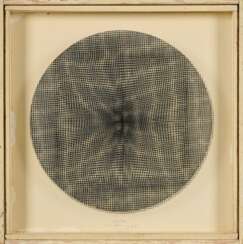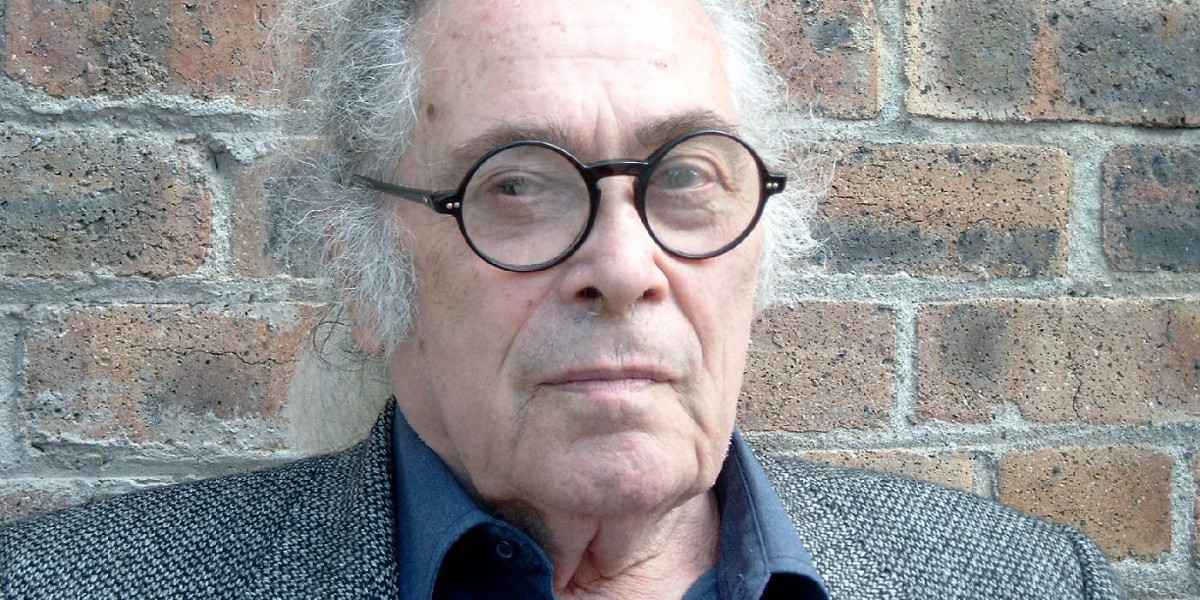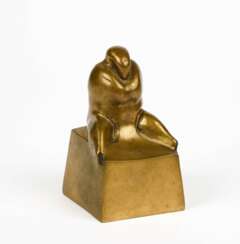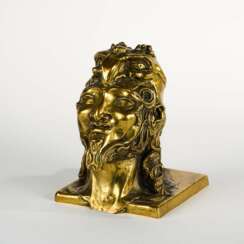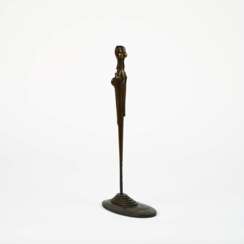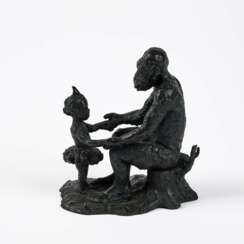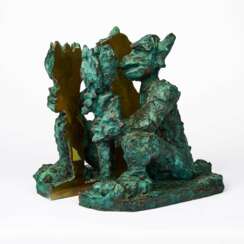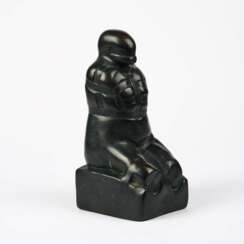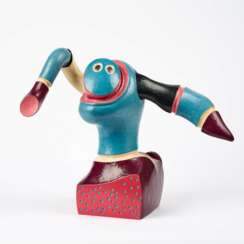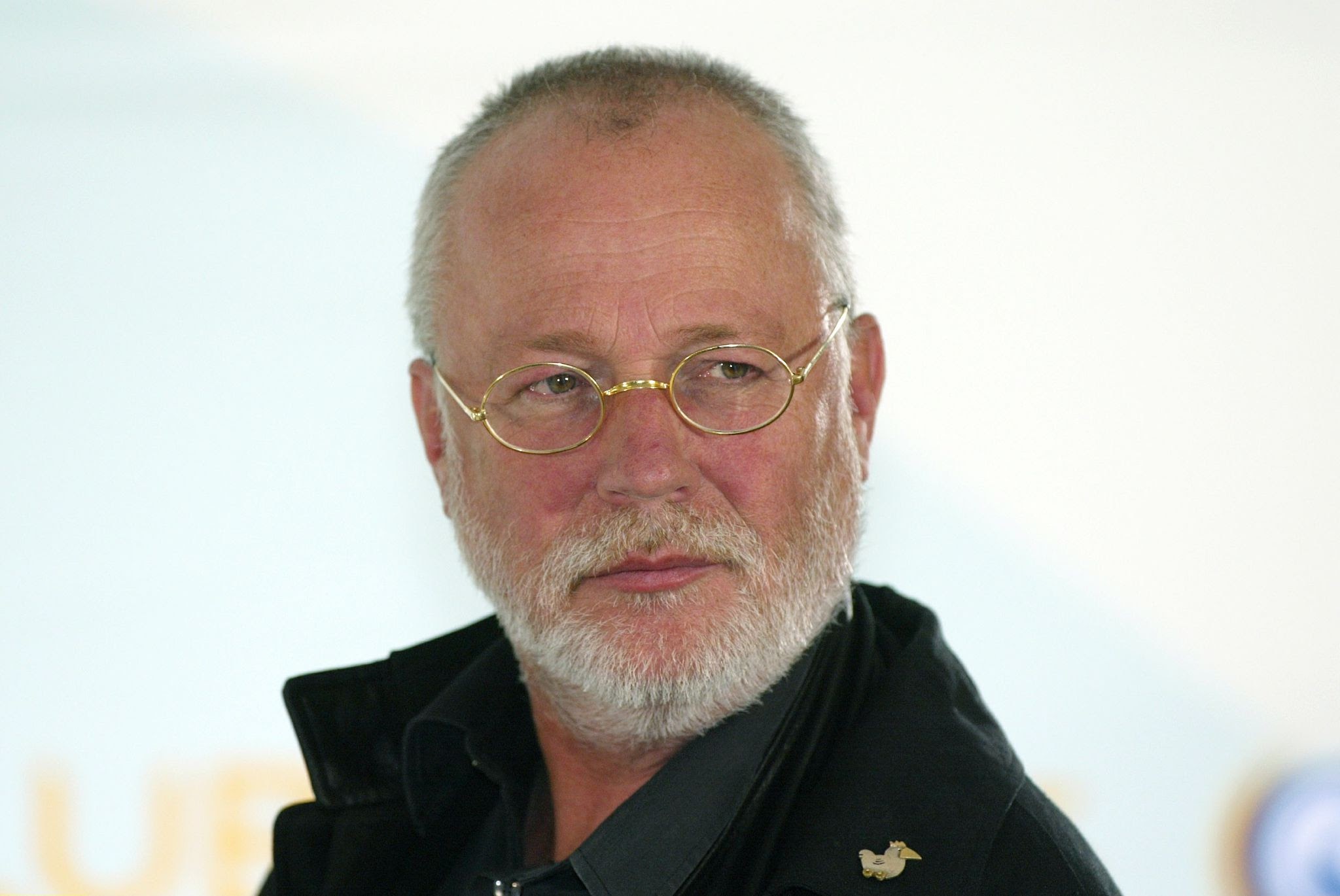
Post War Sculptures — Prints and Editions
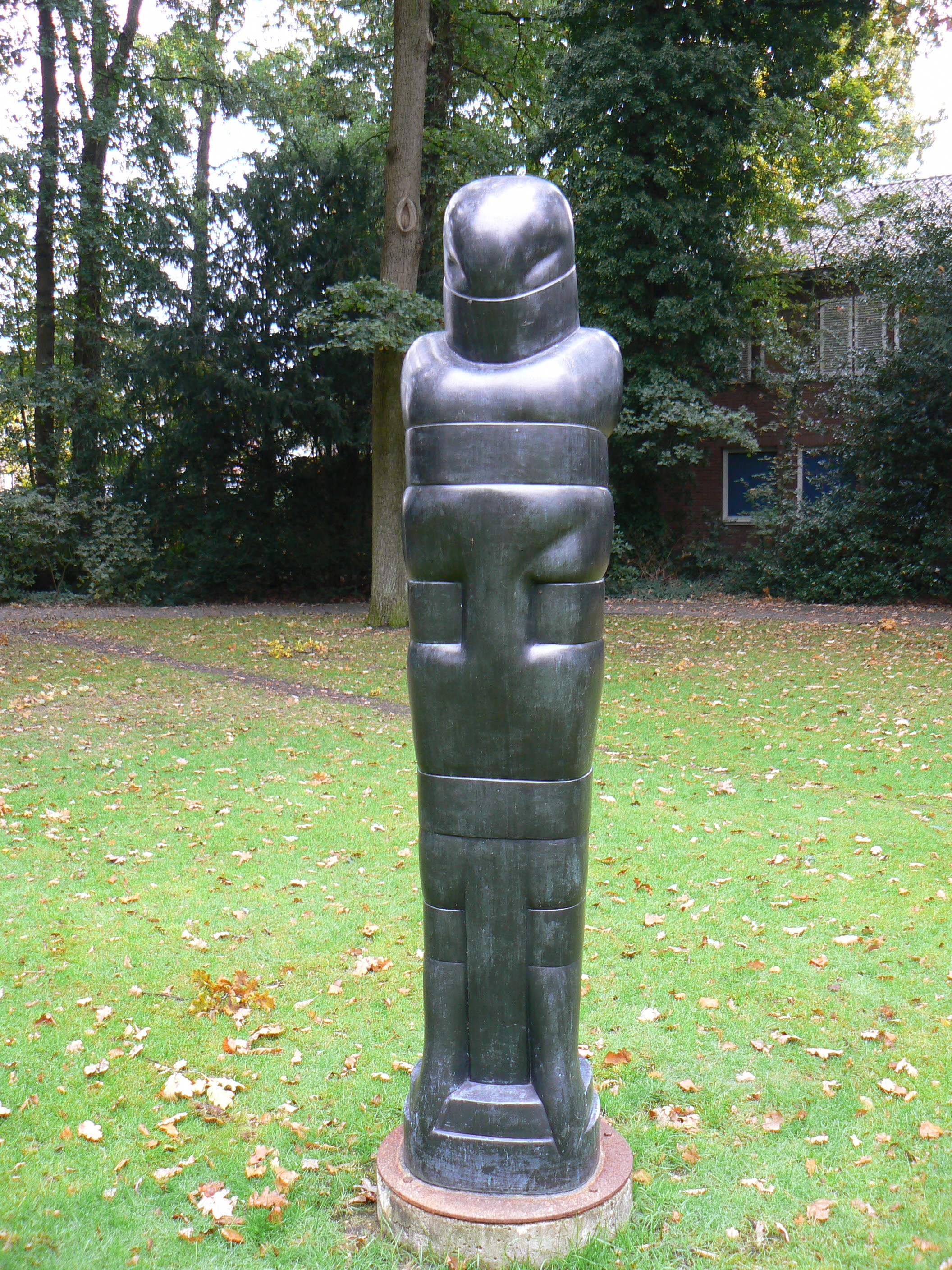
Hede Bühl is a German artist. She is known for her abstract paintings, which often feature bold colors and expressive brushstrokes. Bühl studied at the Kunstakademie Düsseldorf under Joseph Beuys and worked as a freelance artist from the 1970s onwards.
Her work has been exhibited in numerous galleries and museums across Germany, including the Museum Ludwig in Cologne and the Kunstmuseum Düsseldorf. Bühl's art has been described as energetic and intuitive, with an emphasis on the emotional and physical experience of painting. Her work has also been noted for its connection to the natural world, as she often incorporates elements of landscape and organic forms into her compositions.
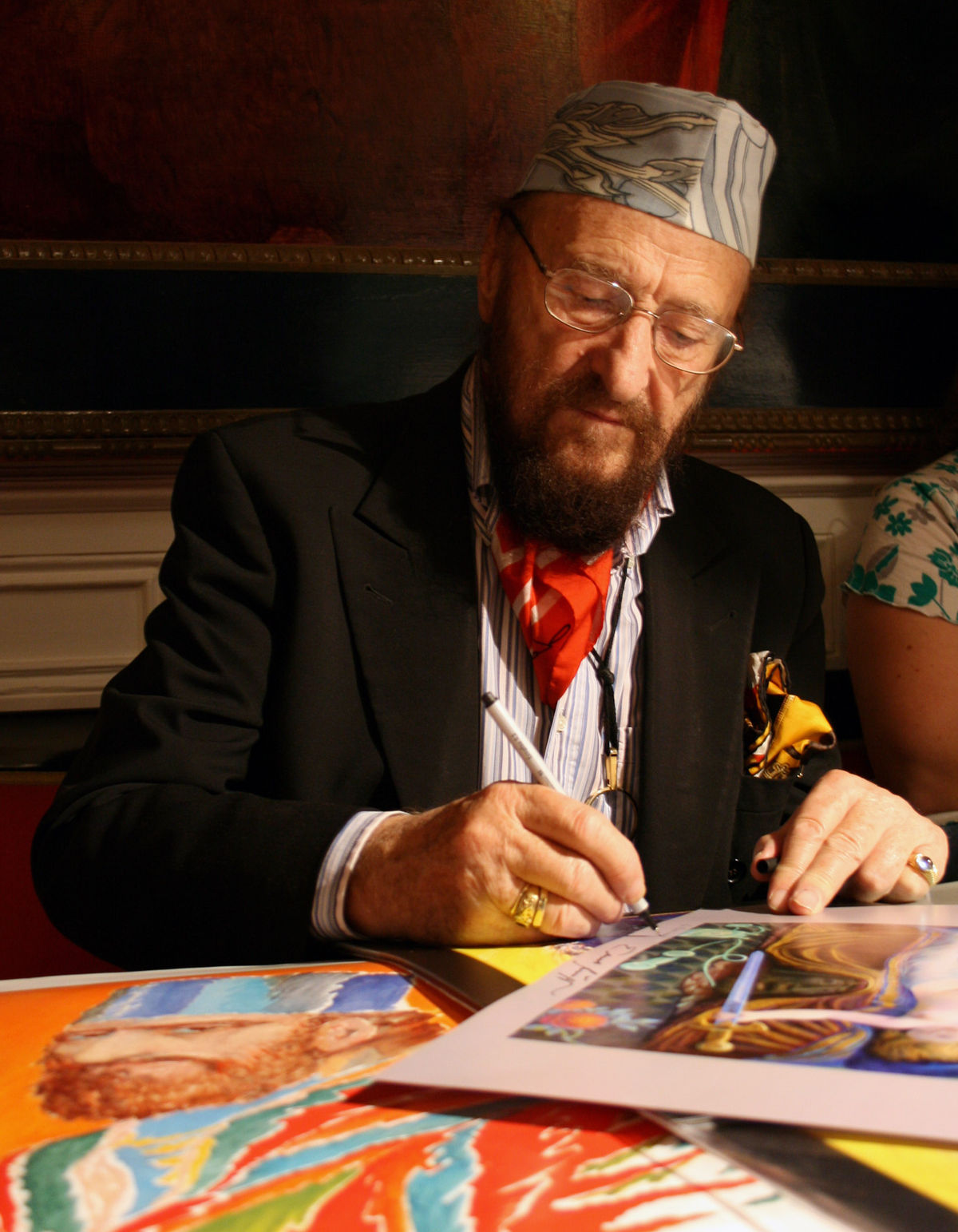
Ernst Fuchs was an Austrian painter, draftsman, printmaker, sculptor, architect, stage designer, composer, poet, and one of the founders of the Vienna School of Fantastic Realism. In 1972, he acquired the derelict Otto Wagner Villa in Hütteldorf, which he restored and transformed. The villa was inaugurated as the Ernst Fuchs Museum in 1988.
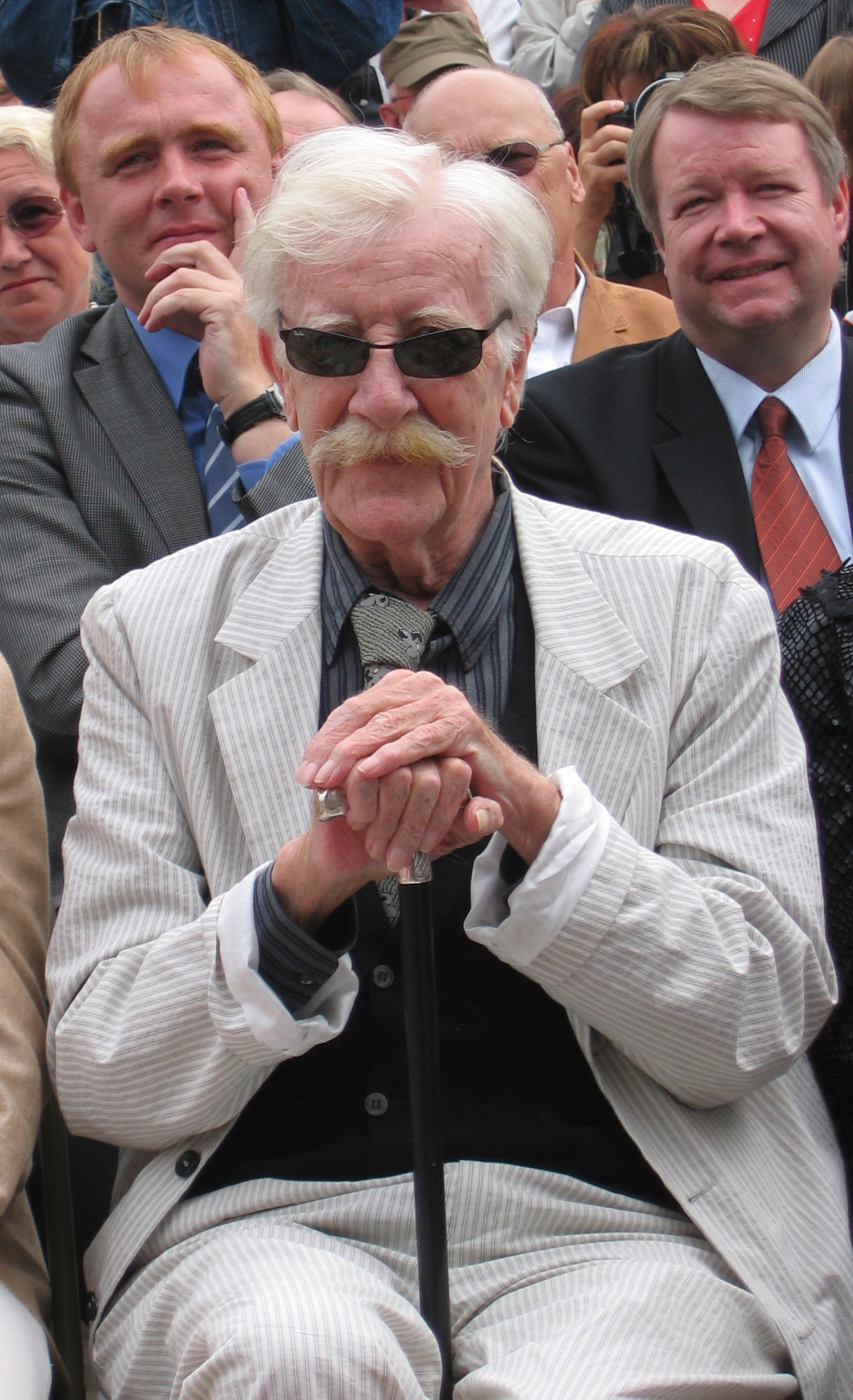
Paul Wunderlich was a German painter, sculptor and graphic artist. He designed Surrealist paintings and erotic sculptures. He often created paintings which referred to mythological legends.
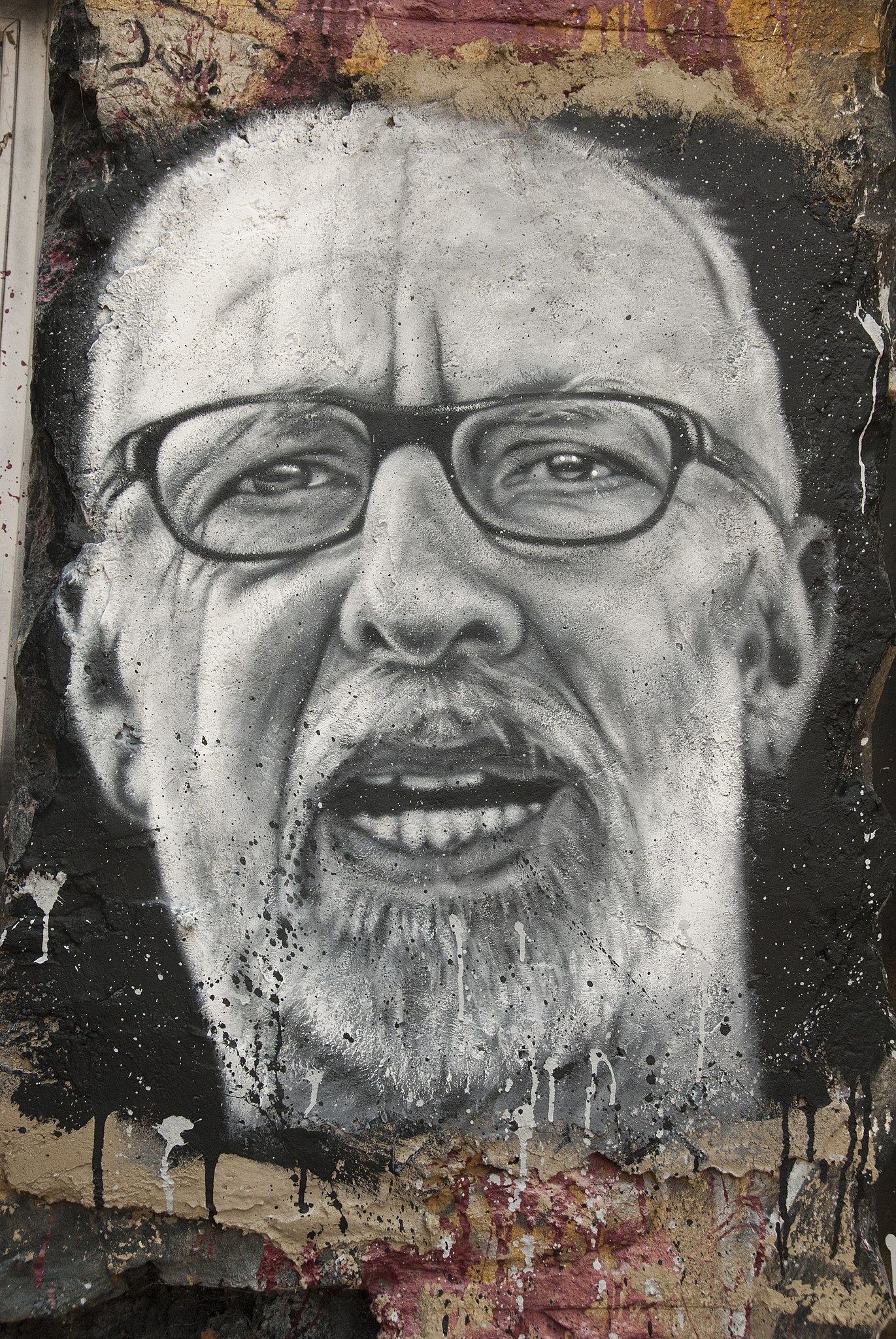
Jörg Immendorff was a German painter and sculptor, stage designer and decorator, and a member of the New Wild movement.
Immendorff painted in cycles that often lasted for years and were political in nature. His series of sixteen large paintings, Café Deutschland (1977-1984), is well known. In these colorful paintings, numerous disco lovers symbolize the conflict between East and West Germany.
Immendorff prepared several stage productions and designed sets for the operas Elektra and The Rider's Voyage. 25 of Immendorf's paintings were selected in 2006 for the illustrated Bible.

Jörg Immendorff was a German painter and sculptor, stage designer and decorator, and a member of the New Wild movement.
Immendorff painted in cycles that often lasted for years and were political in nature. His series of sixteen large paintings, Café Deutschland (1977-1984), is well known. In these colorful paintings, numerous disco lovers symbolize the conflict between East and West Germany.
Immendorff prepared several stage productions and designed sets for the operas Elektra and The Rider's Voyage. 25 of Immendorf's paintings were selected in 2006 for the illustrated Bible.

Hede Bühl is a German artist. She is known for her abstract paintings, which often feature bold colors and expressive brushstrokes. Bühl studied at the Kunstakademie Düsseldorf under Joseph Beuys and worked as a freelance artist from the 1970s onwards.
Her work has been exhibited in numerous galleries and museums across Germany, including the Museum Ludwig in Cologne and the Kunstmuseum Düsseldorf. Bühl's art has been described as energetic and intuitive, with an emphasis on the emotional and physical experience of painting. Her work has also been noted for its connection to the natural world, as she often incorporates elements of landscape and organic forms into her compositions.
